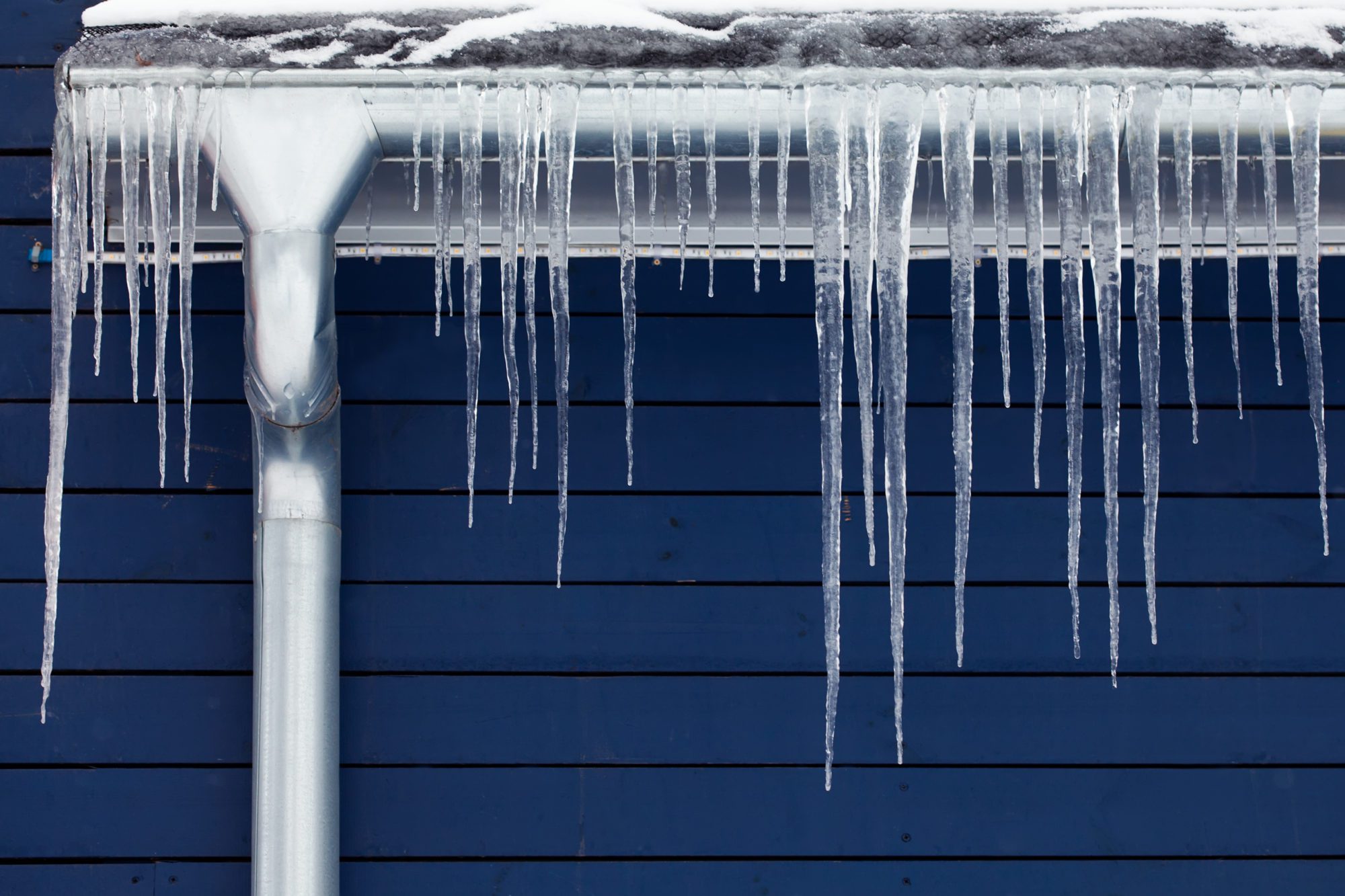They are making a number of good points on the subject of Helpful Tips to Prevent Frozen Pipes this Winter in general in the content below.

Cold weather can damage your plumbing, particularly by freezing pipes. Below's how to prevent it from happening and what to do if it does.
Intro
As temperature levels drop, the danger of icy pipelines rises, possibly resulting in pricey fixings and water damages. Comprehending how to avoid frozen pipes is important for property owners in cool environments.
Prevention Tips
Protecting at risk pipelines
Wrap pipelines in insulation sleeves or utilize heat tape to shield them from freezing temperatures. Concentrate on pipes in unheated or external areas of the home.
Heating strategies
Keep indoor rooms adequately warmed, especially locations with pipes. Open up cabinet doors to permit cozy air to flow around pipelines under sinks.
How to recognize frozen pipelines
Seek decreased water circulation from taps, unusual odors or noises from pipelines, and visible frost on exposed pipes.
Long-Term Solutions
Architectural changes
Consider rerouting pipes far from exterior wall surfaces or unheated locations. Add added insulation to attic rooms, basements, and crawl spaces.
Upgrading insulation
Invest in high-grade insulation for pipelines, attic rooms, and walls. Correct insulation assists maintain constant temperature levels and lowers the threat of icy pipes.
Shielding Outdoor Plumbing
Yard hoses and outdoor taps
Disconnect and drain garden hoses prior to winter months. Mount frost-proof faucets or cover outdoor faucets with insulated caps.
Recognizing Icy Pipelines
What creates pipes to ice up?
Pipes ice up when revealed to temperature levels below 32 ° F (0 ° C) for prolonged periods. As water inside the pipelines freezes, it increases, putting pressure on the pipe wall surfaces and potentially creating them to burst.
Threats and damages
Frozen pipes can bring about water system disruptions, home damage, and pricey repair services. Burst pipes can flooding homes and create substantial structural damages.
Signs of Frozen Pipes
Identifying icy pipes early can stop them from rupturing.
What to Do If Your Pipes Freeze
Immediate activities to take
If you suspect icy pipelines, keep taps available to alleviate stress as the ice melts. Make use of a hairdryer or towels soaked in warm water to thaw pipelines slowly.
Conclusion
Stopping icy pipes needs proactive steps and quick reactions. By recognizing the reasons, signs, and safety nets, homeowners can secure their pipes during winter.
5 Ways to Prevent Frozen Pipes
Drain Outdoor Faucets and Disconnect Hoses
First, close the shut-off valve that controls the flow of water in the pipe to your outdoor faucet. Then, head outside to disconnect and drain your hose and open the outdoor faucet to allow the water to completely drain out of the line. Turn off the faucet when done. Finally, head back to the shut-off valve and drain the remaining water inside the pipe into a bucket or container. Additionally, if you have a home irrigation system, you should consider hiring an expert to clear the system of water each year.
Insulate Pipes
One of the best and most cost-effective methods for preventing frozen water pipes is to wrap your pipes with insulation. This is especially important for areas in your home that aren’t exposed to heat, such as an attic. We suggest using foam sleeves, which can typically be found at your local hardware store.
Keep Heat Running at 65
Your pipes are located inside your walls, and the temperature there is much colder than the rest of the house. To prevent your pipes from freezing, The Insurance Information Institute suggests that you keep your home heated to at least 65 degrees, even when traveling. You may want to invest in smart devices that can keep an eye on the temperature in your home while you’re away.
Leave Water Dripping
Moving water — even a small trickle — can prevent ice from forming inside your pipes. When freezing temps are imminent, start a drip of water from all faucets that serve exposed pipes. Leaving a few faucets running will also help relieve pressure inside the pipes and help prevent a rupture if the water inside freezes.
Open Cupboard Doors
Warm your kitchen and bathroom pipes by opening cupboards and vanities. You should also leave your interior doors ajar to help warm air circulate evenly throughout your home.

As a passionate reader about Prevent Frozen Pipes , I imagined sharing that excerpt was a good thing. In case you enjoyed reading our blog posting please consider to share it. Thank you for being here. Return soon.
Visit Our Website